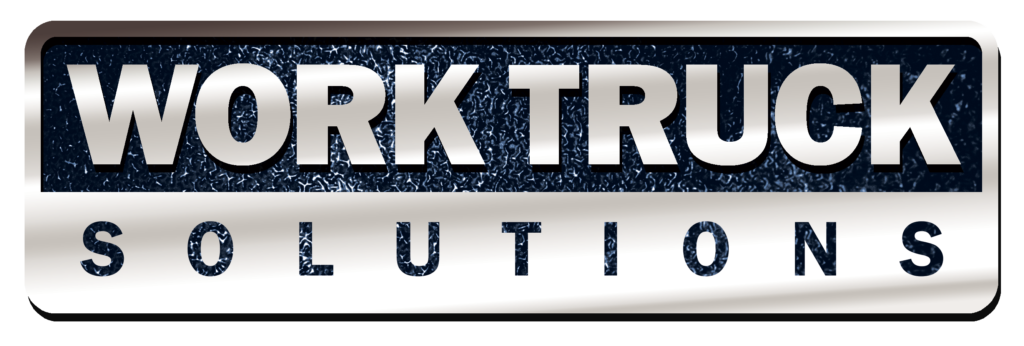Commercial Propane Vehicle Outlook for 2023

In the article Commercial EV Outlook for 2023[1] , we explored the demand for vehicles using fuels other than gas or diesel, otherwise known as alternative fuel (alt-fuel), and how the trend to create cleaner transportation systems is here to stay. In this article, we’ll look at the pros and cons of propane-fed ICE vehicles, and what’s in store for propane-autogas commercial vehicles in 2023.
Propane-Powered Commercial Vehicles
Propane is a clean-burning fuel that emits fewer greenhouse gasses and pollutants, making it an attractive option for companies looking to reduce their carbon footprint. And unlike emerging alternatives, propane is a very mature technology. In fact, propane is the world’s third most common transportation fuel, behind gasoline and diesel, and is considered an alternative fuel under the Energy Policy Act of 1992.

Propane Filling Availability
Although propane filling stations for commercial vehicles are less common than gas and diesel, they are certainly available. And since propane is produced in the U.S., the domestic supply is shielded from global geopolitical and economic shocks. Unlike gasoline and diesel, it provides a reliable energy source for business owners.
“Propane is available in every community in the United States,” boasts Steve Whaley, Director of Autogas Business Development at the Propane Education & Research Council (PERC). “We lead the world in propane production, producing about 30 billion gallons annually. Americans use about 10 billion, and we export 20 billion gallons of propane to countries all over the planet.”

The AFDC Station Locator tool helps fleets and private users identify nearby public and private fueling stations. Additionally, the ease of establishing a propane dispensary at your place of business makes that a realistic possibility when considering a transition away from gas or diesel.
“There are no EPA regulations for setting up a propane fueling site like gasoline and diesel where there’s always that risk of leaks and spills,” explains Whaley. “Propane can’t contaminate the soil, water, or air, so the EPA doesn’t even regulate propane filling sites. However, most business owners choose to let the fuel provider set up the fuel station at no cost. The provider and the business owner negotiate the fuel price they can lock in for a set period, say one to three years. So the business owner gets to know what fuel costs will be for the term of the contract and doesn’t have to pay the capital cost for the infrastructure.”
Although refueling with propane autogas is a similar experience to refueling with gasoline or diesel, anyone dispensing propane autogas is required by national codes to be adequately trained. Training is available from your local propane or infrastructure supplier, the Propane Education & Research Council, and the NFPA.
Total Cost of Propane-Powered Commercial Vehicles
According to the U.S. Department of Energy, propane at vehicle filling sites typically costs less per gallon than gasoline. Propane vehicles provide a comparable driving range to conventionally fueled vehicles. However, propane is less energy dense than gas or diesel, resulting in lower fuel economy, but propane is still considered cheaper to operate.
The U.S. Department of Energy also reports that propane’s unique properties contribute to engine longevity and improved cold-weather operation.
And, of course, there is also the initial cost of either purchasing a propane-ready vehicle, which is comparably priced to a diesel vehicle, or converting currently owned vehicles to propane power.
“It’s in that total cost of ownership scenario where propane shines,” explains Whaley. “Propane can produce plenty of horsepower, torque, and range. And when you factor in a much lower cost-per-gallon than gas and diesel, you can see the reality of meeting sustainability and financial goals simultaneously.”

